#Johann Sebastian Bach
Text

johann sebastian bach, dieterich buxtehude, johann pachelbel, and walter gerwig, the baroque lute, 1969
archive.org / discogs
#johann sebastian bach#dieterich buxtehude#johann pachelbel#walter gerwig#1960s#60s#60s art#art#illustration#classical#classical music#album art#album cover#cultreslut
597 notes
·
View notes
Text
Johann Sebastian Bach (1685-1750) - Fantasia & Fugue for Harpsichord in a-minor, BWV 944. Performed by Pierre Hantaï, harpsichord.
#johann sebastian bach#baroque#classical music#fantasia#fugue#harpsichord#baroque music#period performance#period instruments#fuga#prelude#chamber music#keyboard#bach
104 notes
·
View notes
Text
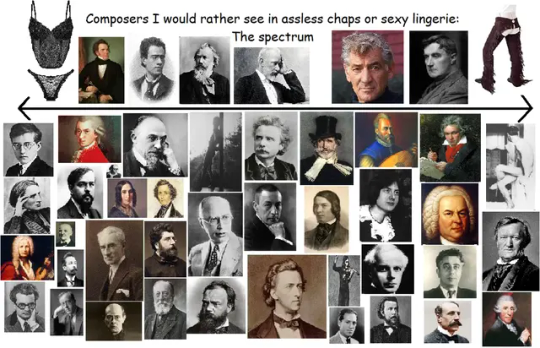
I made this a while ago on paint at midnight in a fever like state and needed to post it here
#classical music#classical composer#composer memes#classical memes#benjamin britten#shostakovich#johann sebastian bach#schubert#clara schumann#robert schumann#gustav mahler#johannes brahms#stravinsky#prokofiev#vivaldi#saint saëns#tchaikovsky#rachmaninoff#beethoven#lili boulanger#chopin#bartok#richard wagner#franz liszt#mozart#claude debussy#mendelssohn#joseph haydn#maurice ravel#leonard bernstein
164 notes
·
View notes
Text
hi guyz
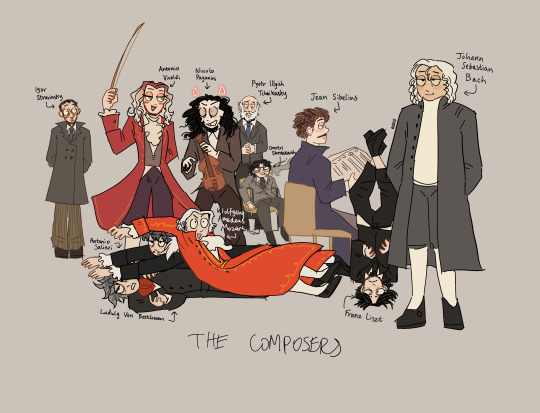
I kind of forgot to post anything, but I put together an image with some composers that I know of/like.
Guess who's my favorite :)
#classical composers#franz liszt#johann sebastian bach#bach#js bach#pyotr ilyich tchaikovsky#igor stravinsky#stravinsky#paganini#vivaldi#dmitri shostakovitch#shostakovich#beethoven#sibelius#jean sibelius#antonio salieri#salieri#wolfgang amadeus mozart#mozart#wow that's a lot of tags#i really just drew like ten composers huh
103 notes
·
View notes
Text
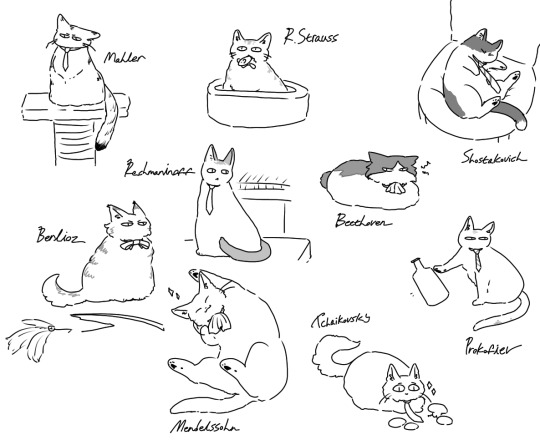
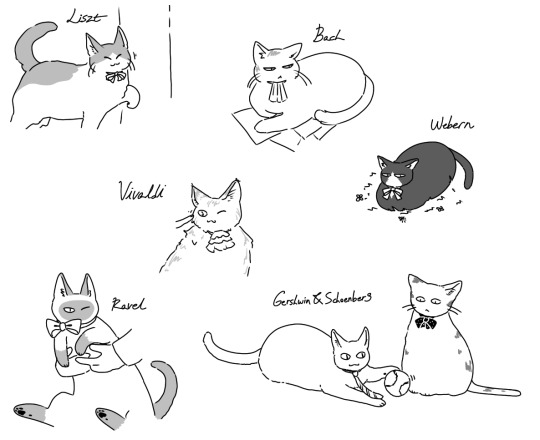
Catpawsers
#classical composers#gustav mahler#richard strauss#dmitri shostakovich#hector berlioz#sergei rachmaninoff#ludwig van beethoven#sergei prokofiev#felix mendelssohn#pyotr ilyich tchaikovsky#franz liszt#johann sebastian bach#antonio vivaldi#anton webern#maurice ravel#george gershwin#arnold schoenberg
96 notes
·
View notes
Text
Capes & Cloaks




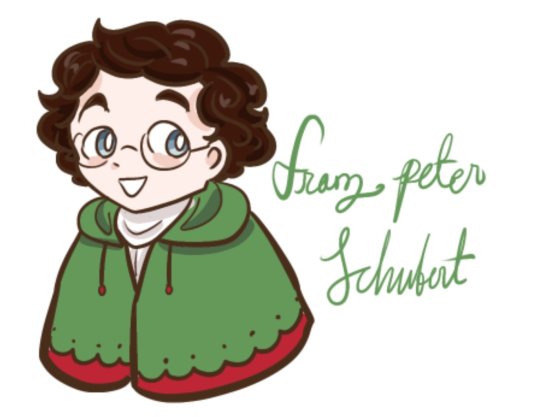
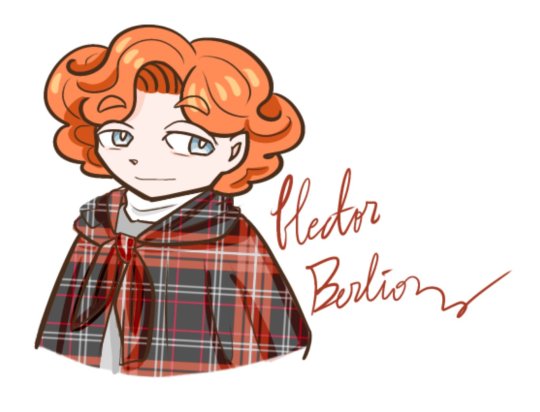


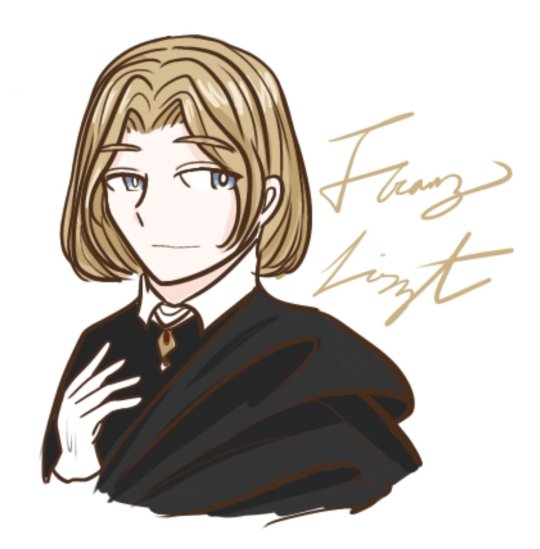
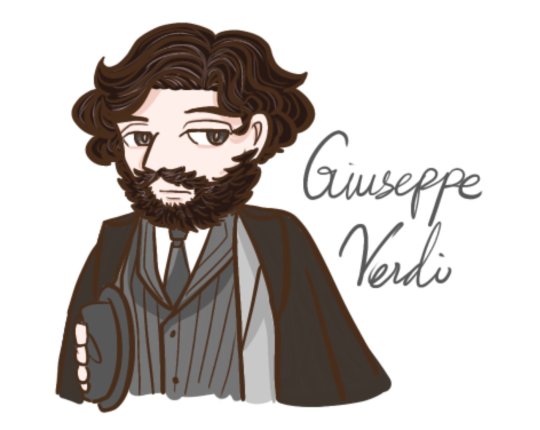
#felix mendelssohn#chopin#hector berlioz#vivaldi#franz liszt#joseph haydn#classical composers#giuseppe verdi#ludwig van beethoven#schubert#johann sebastian bach
45 notes
·
View notes
Text

Johann Sebastian Bach
48 notes
·
View notes
Photo
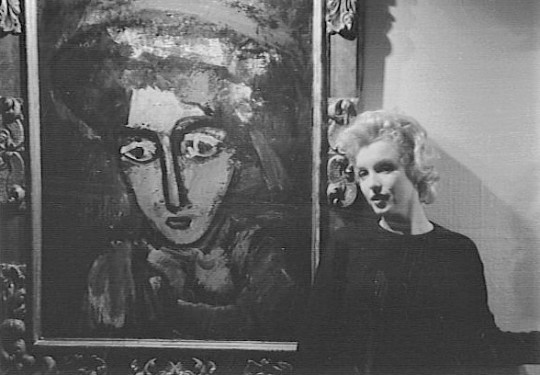


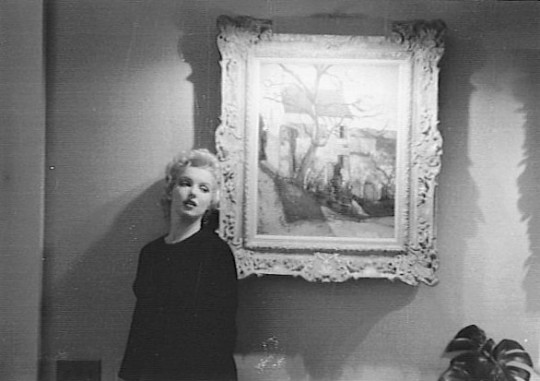
"The Greenes marveled at her peculiar tastes and realized that their pinup girl was really an Old Soul. She zeroed in on their records of Bach, Mozart, and Shostakovich, and pored over their books on Renaissance art. "The feelings she had about old, old paintings," mused Milton, "Michelangelo, Rubens, Van Dyck -- that period. Not Monet, Renoir, Cezanne, or Picasso. It was the old ones she liked. I have a print downstairs she gave me of a head that looks like it came from the Michelangelo period. She bought it at an auction. There are certain old things that she heard about and liked, and she went after them personally."
- Elizabeth Winder, Marilyn in Manhattan. Her Year of Joy
#marilyn monroe#milton greene#art#quote#michelangelo#paul rubens#claude monet#august renoir#pablo picasso#anthony van dyck#paul cezanne#johann sebastian bach#wolfgang amadeus mozart#dmitri shostakovich
971 notes
·
View notes
Text

Bolesław Biegas (1877-1954) — Johann Sebastian Bach [oil on board, 1928/1929]
147 notes
·
View notes
Text
See this man?

His name is Piero Angela.
Some say he's the italian David Attemborough.
I say David Attemborough is the british Piero Angela.
He's a journalist. Tv host. Science journalist. Jazz pianist.
He was born in Turin in 1928 and, it is worth noting, his father Carlo has been awarded the Medal of the "Righteous among the Nations".
Last year Piero Angela celebrated 70 years (don't know if you heard me right: 70 YEARS!!) of non-stop collaboration with italian national TV and radio broadcaster RAI. Hell, when he started working for RAI it was still a radio only broadcaster... tv didn't even exist in Italy yet.
He's been anchorman, reporter, war correspondent... but what's most famous for is QUARK.

The scientific TV program that turned the air of Bach's Orchestral Suite no. 3 in D major into "The Quark Music"! That's right. No one in Italy knows what's the air of Bach's suite n.3 in D major is, but goddammit, everyone knows the "Quark Music"!
That's because the man himself, the program and its intro are such a huge part in the life of every italian, even of those who are not interested in science. Piero Angela and his angelic intro are one of the pillars of italian modern culture!
Proof to that, another pillar of italian culture, Topolino, celebrated Angela's 90th birthday in 2018 with a story, an interview and a very cool cover! Here's to you Peter Quarky:
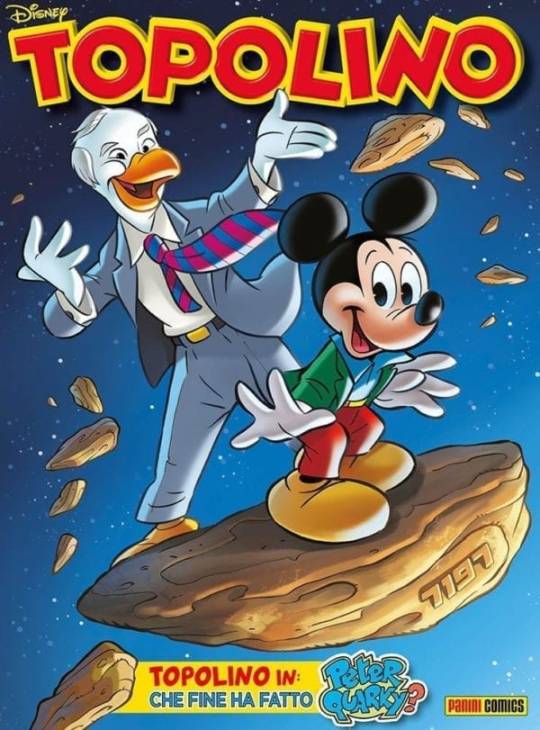
Why am I telling you all this?
Because Piero Angela passed away today, aged 93. But not before having written a really touching letter (like a boss!) thanking everyone who worked with him and all the common people who let him bring knowledge and science into their home with his very savoy care and kindness.
Right now for me is like loosing a very dear member of the family... you know, an odd granpa fixated with dinosaurs, planets and bacteria (I've still the complete collection of vhs he made on the dinosaurs and the one on the solar system) and I just wanted everyone to know about him, his impressive career and simply what a cool and kind person he was. A gentleman of old days.
To the stars, Piero... to the stars!
Piero Angela plays "As time goes by" in the program "Che Tempo Che Fa" in 2018.
#piero angela#bye bye piero#see you on the other side#quark#super quark#rai#science journalism#science#topolino magazine#mickey mouse#italian tv#italian celebs#johann sebastian bach#bach suite n.3 in D major#jazz#jazz pianist#as time goes by
674 notes
·
View notes
Text
Do you think classical musicians like Mozart and Beethoven had groupies?
#music#classical music#groupies#wolfgang amadeus mozart#ludwig van beethoven#johann sebastian bach#frederic chopin
39 notes
·
View notes
Text
Johann Sebastian Bach (1685-1750) - Concerto for 2 Keyboards and Strings in c-minor, BWV 1062, III. Allegro assai. Performed by Fabio Ciofini, harpsichord, Markku Mäkinen, organ, and Opus X on period instruments.
#johann sebastian bach#baroque#classical music#concerto#orchestra#harpsichord#organ#period performance#period instruments#double concerto#strings#string orchestra#baroque music#bach#keyboard
41 notes
·
View notes
Text
Glenn Gould, Bach, BWV 891 Fugue
34 notes
·
View notes
Text
youtube
Sunday morning classical music
23 notes
·
View notes
Text
> be me
> disassemble the dishwasher to figure out what the fuck is wrong with it this time*
> reassemble the dishwasher after ruling out broken parts and clogged drains
> long press start button to see if the circuit board plotzed
> dishwasher beeps out Herz und Mund und Tat und Leben
> mfw
#*aside from the fact that it's 17 years old#if you have a fisher & paykel DD603 dish drawer© bring it over i wanna see if they'll duet on jesu der du meine seele#johann sebastian bach
31 notes
·
View notes
Text
youtube
J.S. Bach - Orchestral Suite no.3 in D Major, BWV 1068 (c.1730)
I want to say I was listening to this one in my rocking chair next to my books on music. Or with wine and cheese at someone's party. No, I put this on while I washed the dishes. I thought I'd share my old post on this same piece but realized that I'd never written about this suite. And I don't have anything profound or introspective to say about it. It made taking down this mountain if dirty dishes feel like a grand accomplishment. It's a reminder that this music was written for the audience to enjoy. It doesn't have to be treated like music theory homework. That being said, I do like looking at the history of the orchestral suite, which would develop into the symphony. What can we hear from Bach's Proto-Symphony no.3? The Orchestral Suite was a carryover from France's Ouvertures. It would start with a slow section to draw in the audience, and then a lively counterpunctual exercise. After the "heavier" opening movement, the rest of the pieces are light dances, galanteries (minuets, bourrées, courantes, sarabandes, gavottes, allemandes, gigues, etc.). Because the German political elite had a taste for French art, they would have music played during their banquets and parties. Bach had no real interest in this kind of music (which would be a decent income source) because he was already dedicated to writing church music. But what few he did leave behind (we only have four Orchestral Suites attributed to him) sounds like great party music. The Suite in D Major is scored for 3 trumpets, timpani, oboes, violins, viola, basso continuo, giving it a louder sound than the others. The Ouverture starts with the slower grand statement announced by the trumpets and timpani. As you'd expect from Bach, this opens into a counterpunctual explorations of the melodies that developed out of the opening, but with the vibrancy of Vivaldi's fast paced concertos. The ending section cuts back and ends with a more subdued coda. The Air of this suite has stuck in our culture through films and TV, popular for its beautiful melodies. I remember first hearing it in the most ironic example I know; played during the library scene in Seven (or "Se7en") from the 1995 film. The ugliness and depraved misanthropy in the film is contrasted for a moment by the idealized "beautiful music" by an idealized "Great Composer". I thought it was showing the spectrum of human minds, that the "greatest" Baroque composer comes from the same human family as a lunatic serial killer using the Christian "Seven Deadly Sins" for gruesome punishments against his victims. Listening to it now I think it's fascinating that someone could have been touched or moved by the gorgeous Aria without words Bach wrote for whatever party or occasion, and she would have no idea that the same music would be heard again as so many of these festival pieces were back then. The latter dances show off the trumpets to make each one boisterous and lively. Two Gavottes with heavy emphasis on the beat, an upbeat Bourrée, and ending on the always fun and swaying Gigue. Of these dances I think I love Bach's gigues the most because they're always densely woven with his long waves of counterpoint across each instrument to create a dance that makes me think of old pub drinking songs or sailors dancing and drinking at sea. Another reminder that this music is supposed to be fun and enjoyable for anyone, and you can turn your own living room into an 18th century court for fun.
Movements:
Ouverture
Air
Gavotte I/II
Bourrée
Gigue
#Bach#J.S. Bach#Johann Sebastian Bach#Orchestra#Orchestral Suite#suite#music#classical#baroque#orchestra music#classical music#baroque music#Bach Orchestral Suite#French Ouverture#Air on the G string#Air#Bourree#Gigue#Gavotte#Youtube
19 notes
·
View notes